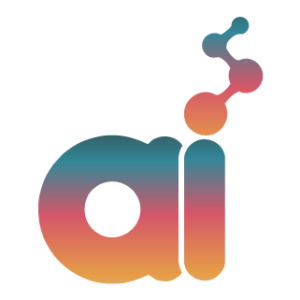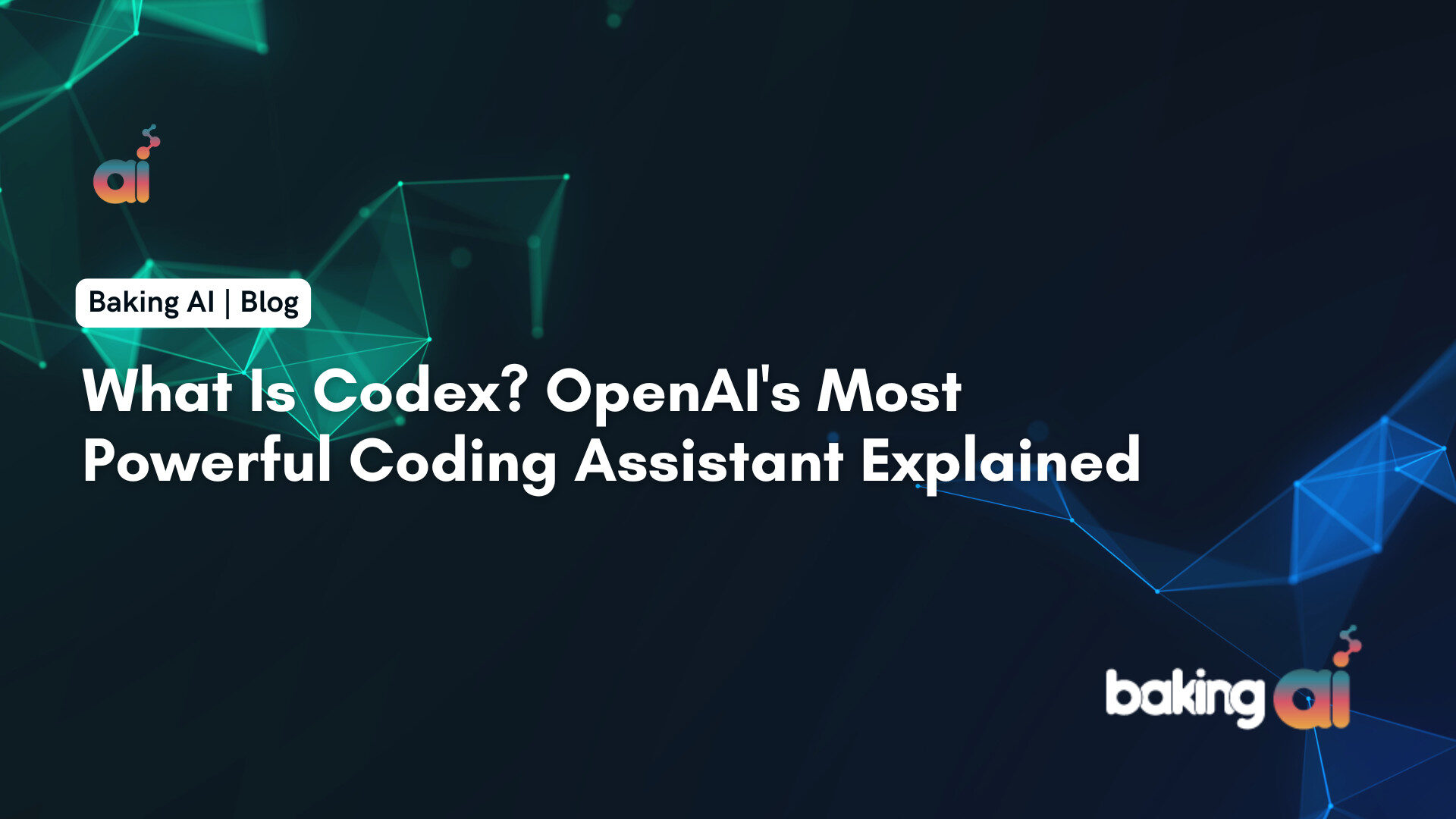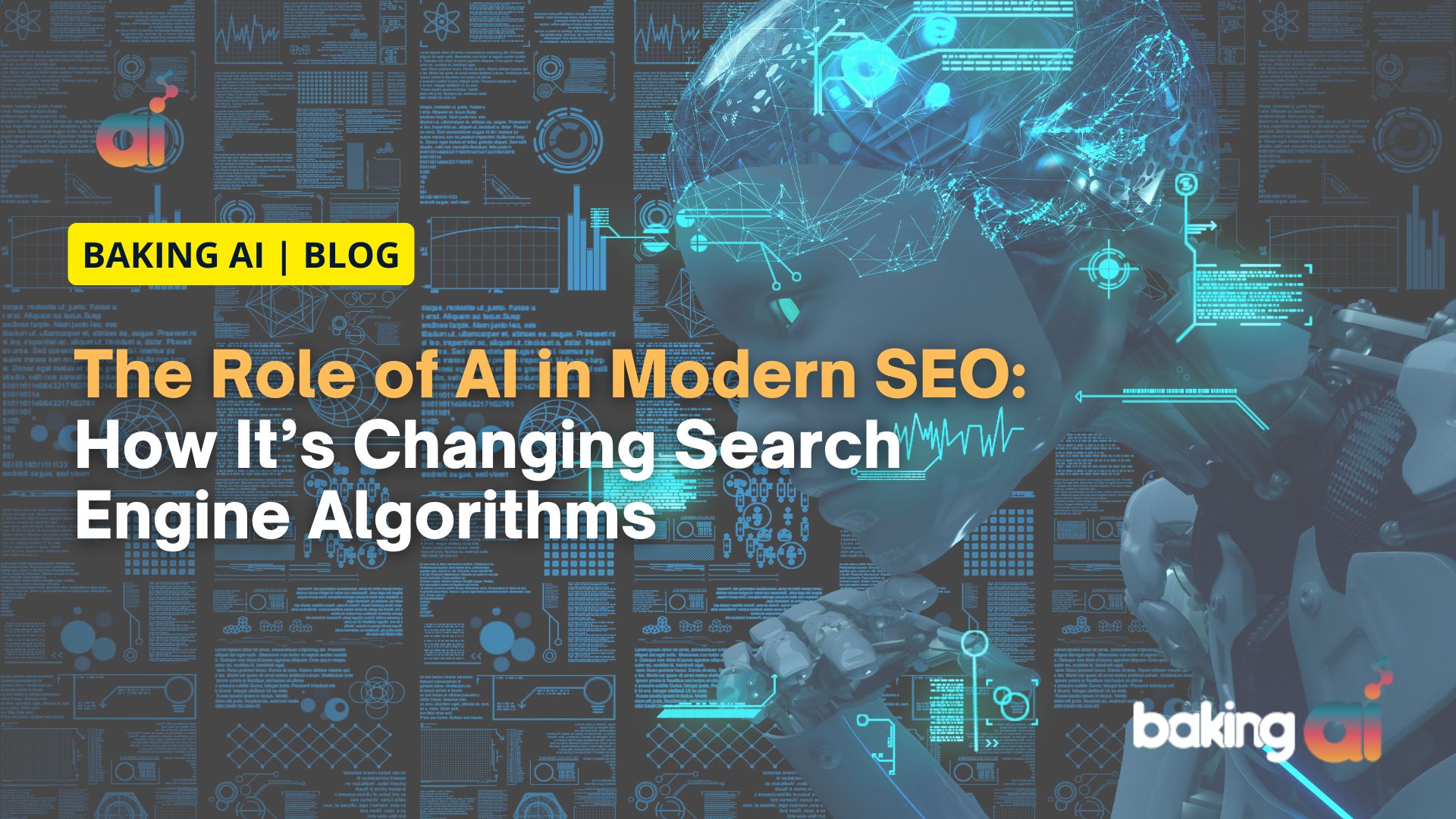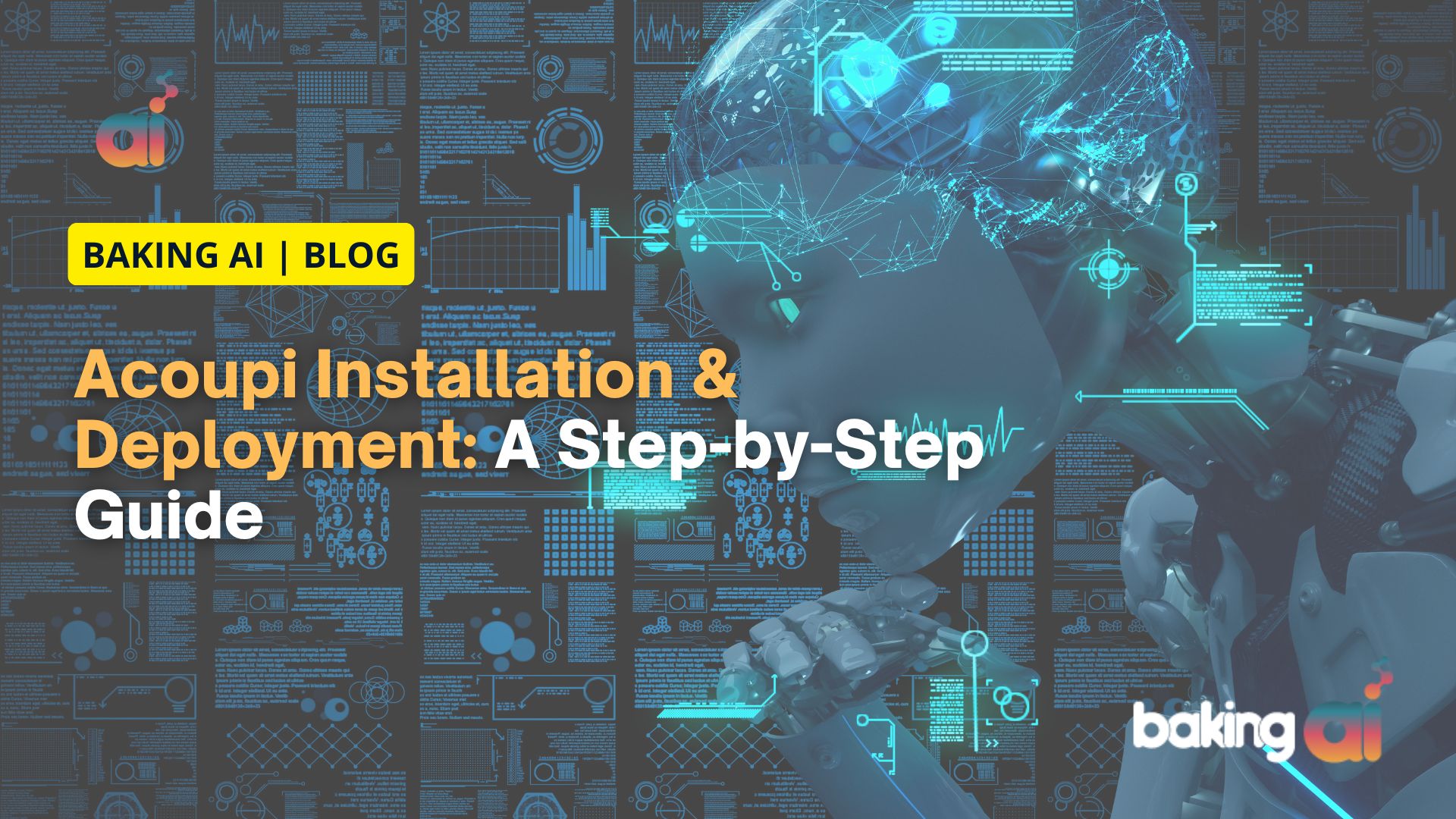Language Models (LMs) have revolutionized natural language processing (NLP) tasks by achieving state-of-the-art performance in various domains. Often based on deep learning architectures, these models learn to predict the next word in a sequence given the context. Recently, large-scale LMs, such as GPT-3 and BERT, have gained prominence due to their impressive capabilities.
Open Source vs. Proprietary LLMs
Open Source LLMs are like friendly, open books. Their source code, model architecture, and pre-trained weights are publicly available. You can peek inside, see how they work, and even customize them. Plus, they’re free! Anyone can use, modify, and distribute them. Imagine a community garden where everyone shares seeds and gardening tips.
On the other hand, Proprietary LLMs are like secret recipes. Their source code and weights are locked away. You can’t tweak them much; they’re like a fixed menu at a fancy restaurant. But they might perform better and be more secure. However, you pay for access—think of it as dining at an exclusive restaurant. Picture a chef guarding their secret sauce recipe.
So, which to choose? Open source is excellent for budget-friendly, adaptable solutions, while proprietary models are sometimes better-performing but pricier. It’s like choosing between a community potluck and a gourmet meal—both have their place!
-
Open Source LLMs
- Advantages:
- Community Collaboration: Open-source LLMs encourage collaboration among researchers, developers, and practitioners. The community contributes to model improvements, bug fixes, and fine-tuning.
- Transparency: Open source models allow users to inspect the architecture, weights, and training data. Transparency is crucial for understanding biases and potential ethical concerns.
- Cost-Effectiveness: Access to open-source models is free, making them attractive for startups, researchers, and hobbyists.
- Challenges:
- Resource Intensive: Training large LLMs requires significant computational resources (GPUs, TPUs, etc.). Smaller organizations may need help with this.
- Fine-Tuning Complexity: While pre-trained models are available, fine-tuning for specific tasks can be complex and time-consuming.
- Quality Control: Open source models vary in quality, and not all are suitable for production use.
2. Proprietary LLMs
- Advantages:
- Vendor Support: Proprietary LLMs provide vendor support, including documentation, updates, and troubleshooting.
- Ease of Use: Some proprietary models offer user-friendly APIs, simplifying integration.
- Customization: Vendors may allow fine-tuning on proprietary models, tailoring them to specific tasks.
- Challenges:
- Cost: Proprietary models often come with licensing fees, which can be prohibitive for small businesses.
- Black Box: Proprietary models lack transparency. Users cannot inspect the inner workings or biases.
- Vendor Lock-In: Relying solely on proprietary models ties you to a specific vendor.
Considerations for Choosing an LLM
- Task Requirements:
-
- Consider the specific NLP task (e.g., sentiment analysis, text generation, question answering).
- Evaluate whether an existing open-source model meets your needs or if fine-tuning is necessary.
- Ethical and Bias Concerns:
-
- Investigate biases present in pre-trained models.
- Open-source models allow bias mitigation through fine-tuning.
- Resource Availability:
-
- Assess your organization’s computational resources.
- Proprietary models may offer cloud-based solutions.
- Cost-Benefit Analysis:
-
- Weigh the benefits of transparency and community collaboration against the cost of proprietary models.
List of Most Popular Open Source LLMs of 2024
Some popular open-source Large Language Models (LLMs) have gained traction in the field of natural language processing. These models are freely available for use and offer exciting possibilities:
Llama 2:
Llama 2 is a modern set of really advanced text models. They come in different sizes, from smaller ones with 7 billion parameters to huge ones with 70 billion parameters. These models are super fancy and are used for all sorts of things.
One particular type of Llama 2 model is called Llama-2-Chat. These are tweaked to be good at having conversations. They’ve been worked on a lot to make sure they’re better than other chat models you can find for free. People have checked them out and think they’re great at being helpful and keeping things safe. They’re just as good as other popular models you might have heard of, like ChatGPT and PaLM.
Here are the details of this model:
Parameters: 7B, 13B, and 70B
License: Custom commercial license available at Meta’s website.
Release Date: July 18, 2023
Paper: “Llama-2: Open Foundation and Fine-tuned Chat Models”
HuggingFace: https://huggingface.co/meta-llama/Llama-2-7b
Training Database: Llama 2 was pre-trained on 2 trillion tokens from public data, then fine-tuned with over a million human-annotated instances and public instruction datasets. Meta claims that no metauser data was used in either phase.
Variants: Llama 2 is available in multiple parameter sizes, including 7B, 13B, and 70B. Both pre-trained and fine-tuned variations are available.
Fine-tuning Techniques: The model employs supervised fine-tuning (SFT) and reinforcement learning with human feedback (RLHF) to better align with human preferences, ensuring helpfulness and safety.
OpenLLaMA:
OpenLLaMA is a freely available model inspired by Meta AI’s popular LLaMA model. It’s open-source, meaning anyone can use it. OpenLLaMA comes in various sizes, ranging from 7 billion to 65 billion parameters, and it’s trained on a whopping 200 billion tokens of data.
Here are the details of OpenLLaMA:
Parameters: 3B, 7B and 13B
License: Apache 2.0
Release Date: May 5, 2023
Github: https://github.com/openlm-research/open_llama
Paper: Meet OpenLLaMA: An Open-Source Reproduction of Meta AI’s LLaMA Large Language Model
HuggingFace: OpenLLaMA: An Open Reproduction of LLaMA
Training Database: OpenLLaMA was trained using the RedPajama dataset, which has over 1.2 trillion tokens. The developers followed the same preprocessing and training hyperparameters as the original LLaMA paper.
Fine-tuning Techniques: The OpenLLaMA has the same model architecture, context length, training steps, learning rate schedule, and optimizer as the original LLaMA paper. The main difference between OpenLLaMA and the original LLaMA is the dataset used for training.
Falcon:
The Technology Innovation Institute in Abu Dhabi created the Falcon models. They’re top-notch and cutting-edge language models known as the Falcon family. Among them, the Falcon-40B stands out as particularly impressive. It’s so good that it can go head-to-head with several other advanced language models that aren’t available to the public.
Here are the details of the Falcon model:
Parameters: 7B and 40B
License: Apache 2.0
Release Date: June 5, 2023
Paper: The Falcon has landed in the Hugging Face ecosystem
HuggingFace: https://huggingface.co/tiiuae/falcon-7b
Variants:
- Falcon-40B: A heavyweight in the Falcon family, model is powerful and efficient, outperforming the LLaMA-65B with 90GB of GPU memory.
- Falcon-7B: Falcon-7B is a top-performing, smaller version that only needs 15GB for consumer hardware.
Training Database: The Falcon-7B and Falcon-40B models have undergone extensive training using vast data, with 1.5 trillion and 1 trillion tokens, respectively. The primary training data for these models is the RefinedWeb dataset, which includes over 80% of their training material. This dataset is a massive web collection based on CommonCrawl, emphasizing quality and scale.
Techniques Used for Fine-Tuning: Falcon models use multiquery attention to share keys and values for improved inference scalability.
System Requirements: Falcon-40B: Requires ~90GB of GPU memory, and Falcon-7B: Requires ~15GB of GPU memory.
Package Version Requirements: For optimal performance, it’s recommended to use the bfloat16 datatype, which requires a recent version of CUDA and is best suited for modern graphics cards.
BLOOM (BigScience Large Open-science Open-access Multilingual Language Model)
BLOOM is a super smart computer program that’s really good at making up sentences when you give it a starting point. It’s like a super creative writer, but it uses a lot of computer power to do its job. BLOOM is huge, with around 176 billion things it remembers to help it write well.
What’s cool is that BLOOM can write in 46 different human languages and 13 computer programming languages. So, it’s like having a friend who can speak a lot of languages and also understands computer stuff really well.
Besides just making up stories or text, BLOOM can also help with tasks like finding important information in text, answering questions, and making summaries. It’s like having a really smart assistant for anything related to writing or understanding text.
Here are the details of this massive model.
Parameters: 176B
License: RAIL License v1.0
Release Date: July 11, 2022
Github: https://github.com/bigscience-workshop/xmtf#models
HuggingFace: https://huggingface.co/bigscience/bloom
Paper: BLOOM: A 176B-Parameter Open-Access Multilingual Language Model
Compute Infrastructure: This model was trained on the Jean Zay Public Supercomputer with 416 A100 80GB GPUs, 384 across 48 nodes, each with 8 GPUs connected through NVLink 4 inter-gpu connections and 4 OmniPath links. Each node has 512GB of RAM and the GPU has 640GB. Megatron-DeepSpeed, DeepSpeed, PyTorch, and apex are used to train this model.
BERT (Bidirectional Encoder Representations from Transformers)
LLM, or Language Model, is powered by a special kind of brain called a transformer. This technology was created in 2017 by Google researchers in a paper called “Attention is All You Need.” One of the early tests using transformers was a model called BERT.
Google released BERT in 2018 as a free tool for understanding language better. BERT stands for Bidirectional Encoder Representations from Transformers. It quickly became really good at lots of language tasks.
Because BERT was open-source (meaning anyone could use and improve it), it became super popular. By 2020, Google had even started using BERT to improve its search engine in more than 70 languages.
Nowadays, there are tons of different versions of BERT that people have made for different jobs. You can find ones specifically for things like figuring out if a sentence sounds positive or negative, understanding medical notes, or spotting mean comments online. And the best part is, many of them are free for anyone to use!
These open-source LLMs offer transparency, customization, and cost-effectiveness, making them attractive alternatives to proprietary models.
Conclusion
Both open-source and proprietary LLMs have their merits and challenges. Organizations should carefully evaluate their requirements, ethical considerations, and available resources before choosing an LLM. Collaboration, transparency, and responsible use are vital to effectively harnessing the power of these language models.
Remember that the choice ultimately depends on your specific context and goals.











